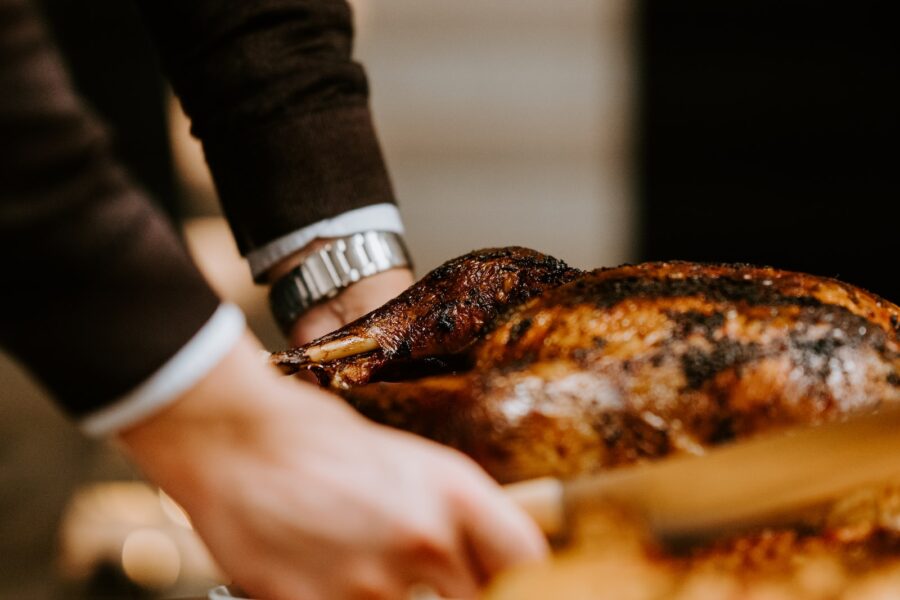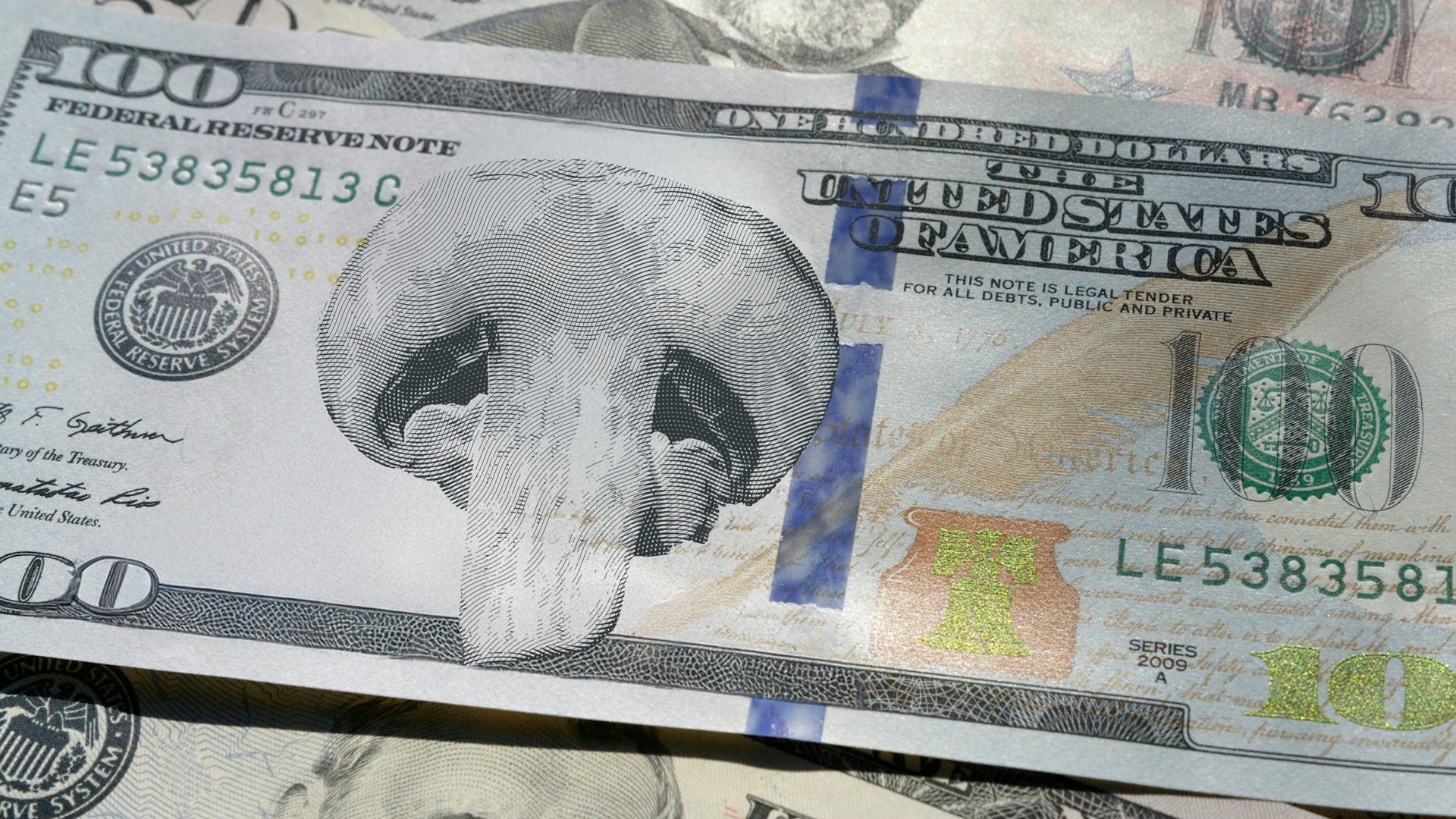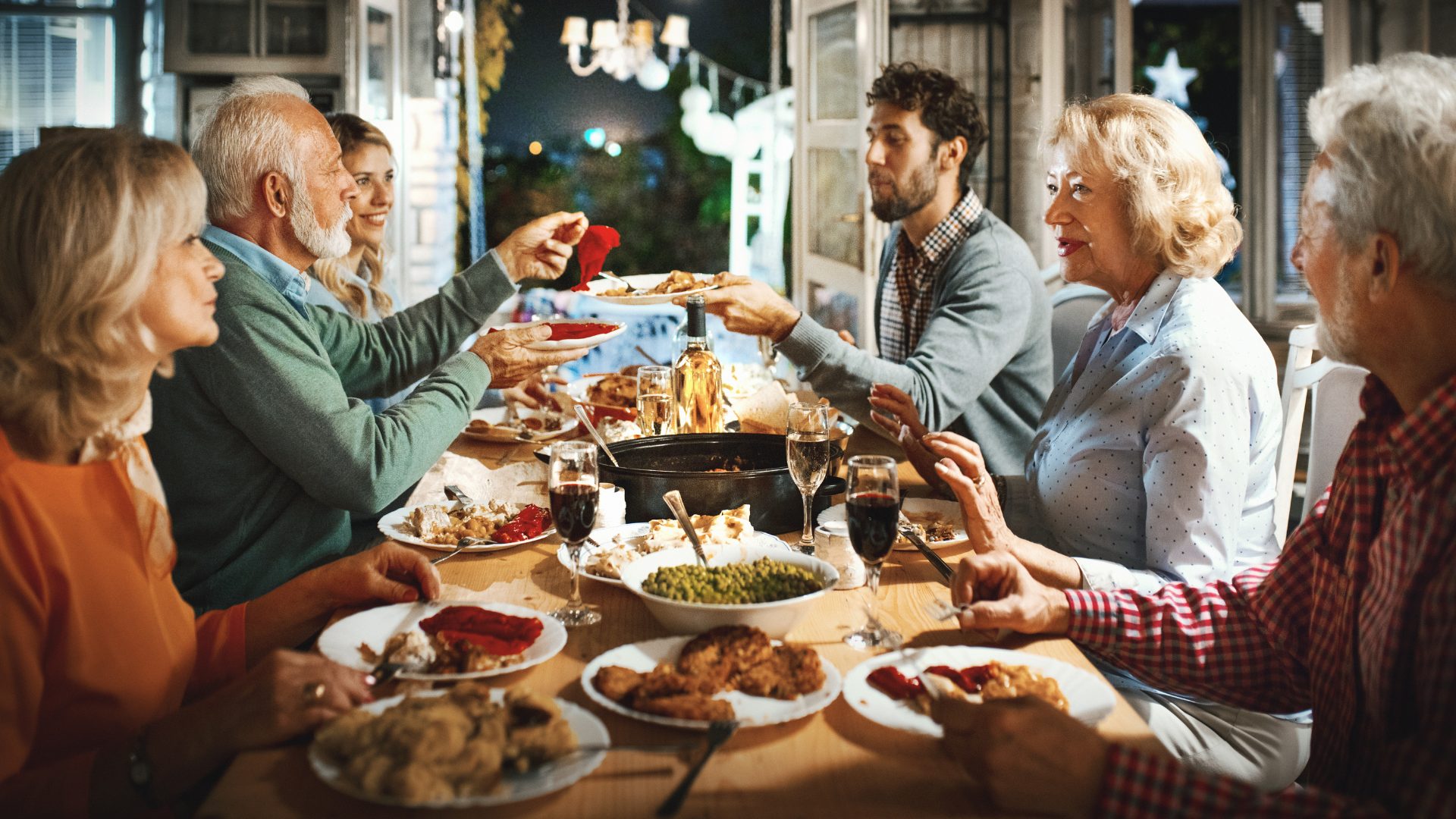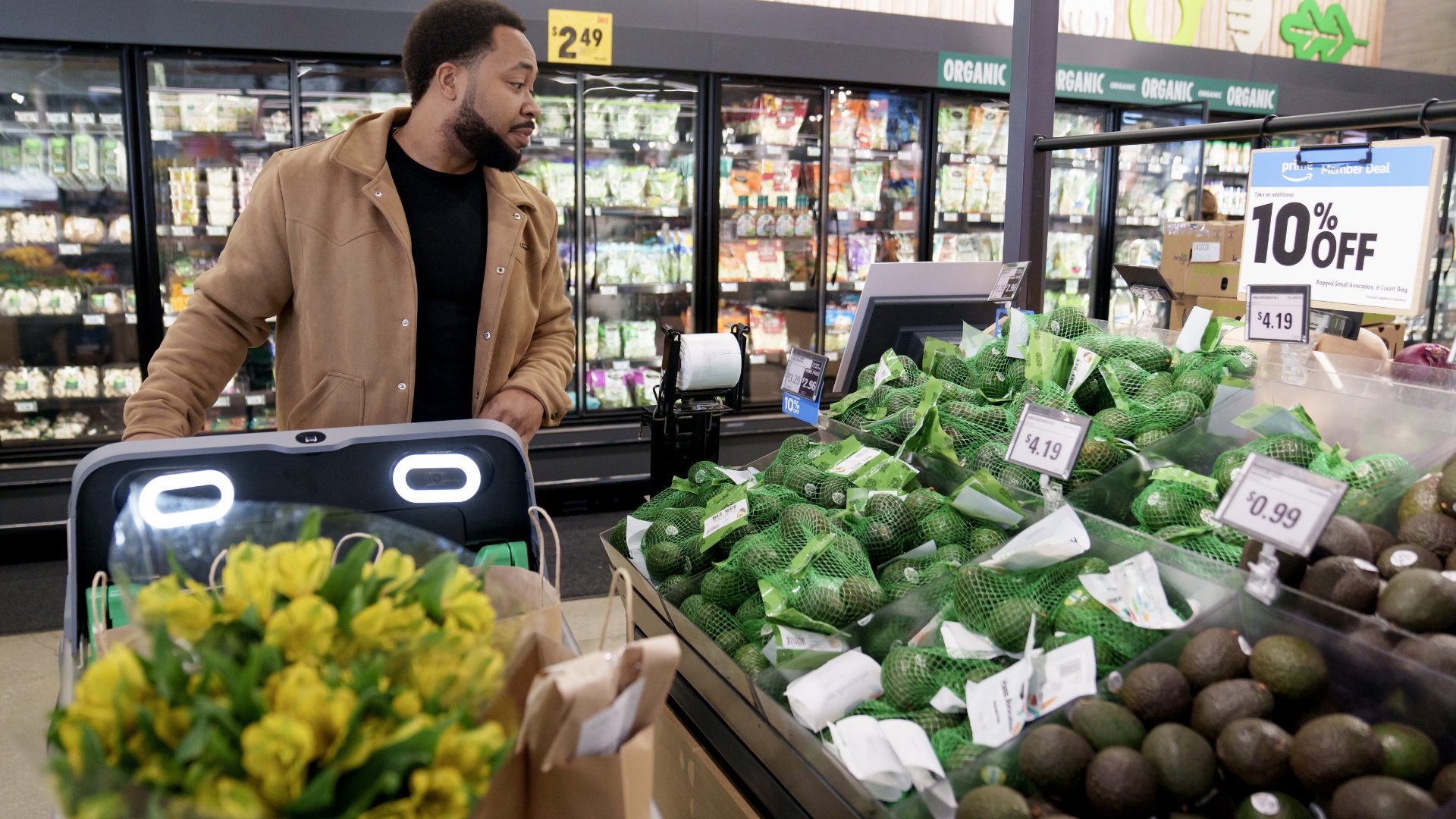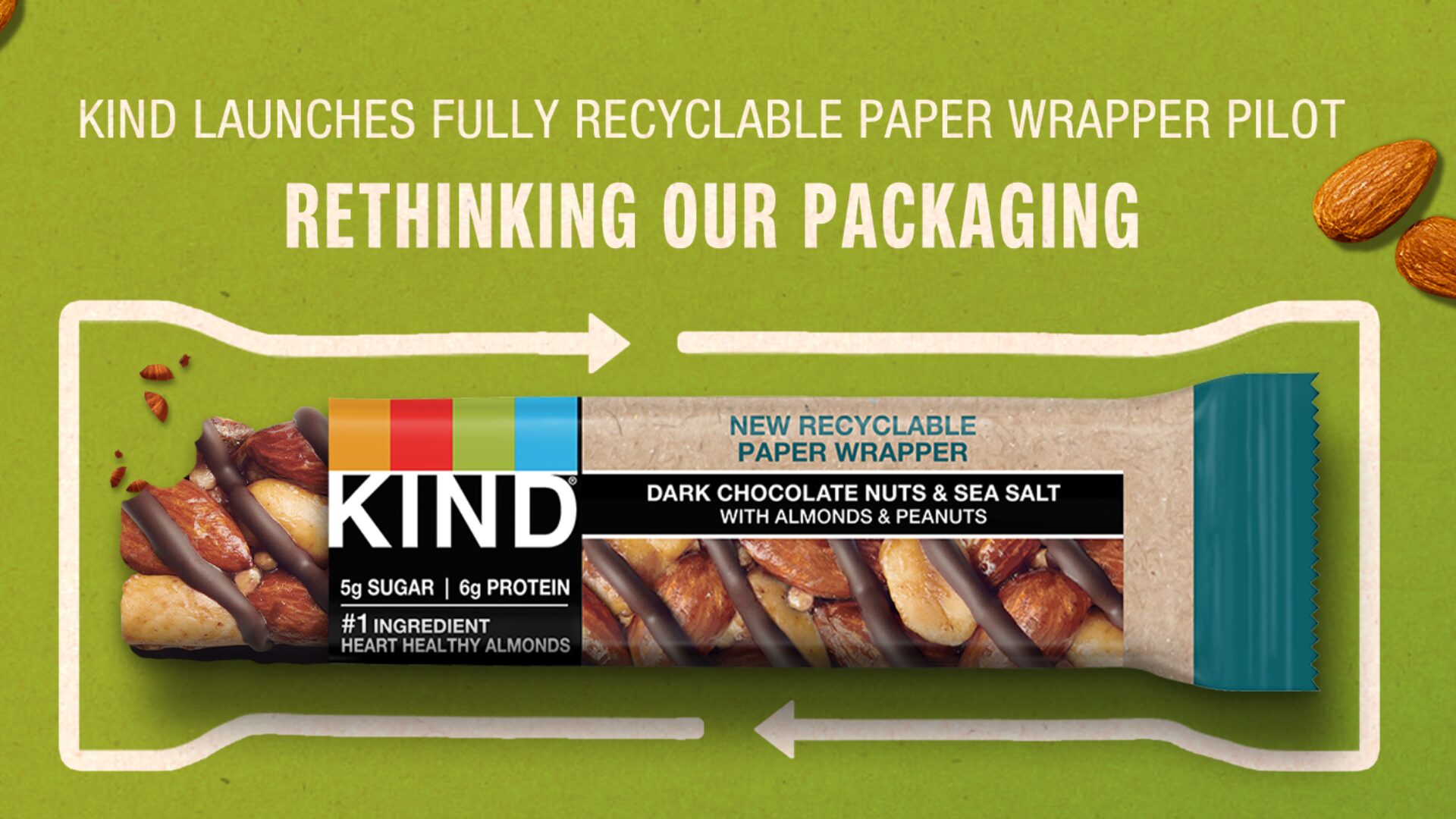The common wisdom is that it’s cheaper to eat a home-cooked meal than to dine out or order in, but with dining-out prices increasing at a slower rate than grocery prices, that old adage may be about to collapse ahead of Thanksgiving 2022.
The American Farm Bureau projects the average Thanksgiving dinner will cost 20% more this year than last and 36% more than what it cost in 2020. That works out to about $64 with all the fixings for 10 people. The cost does not include all the time and labor that goes into the cooking itself, which can begin days in advance.
Though it still will be cheaper to cook dinner yourself, the gap is narrowing. At the high end, a restaurant dinner for six people costs about $186 at Buca di Beppo (GoBankingRates.com) while at the low end, the same dinner at Bob Evans costs about $85.99. Would you rather pick up the meal and heat it at home, bypassing all the work and cleanup that goes with prep? Dinner for four from Whole Foods costs about $89.99, with dinner for 12 estimated at $249.99.
“As consumer confidence rises, prices will adjust, and that is something to be grateful for,” Wells Fargo analysts Courtney Buerger Schmidt and Brad Rubin wrote in response to questions from The Food Institute.
Schmidt, food and agribusiness industry sector manager for protein cotton and hay, and Rubin, agribusiness sector manager for specialty crops, note the Consumer Price Index pegs inflation for the cost of food away from home at 5.79%. The cost of groceries is up 9.81%.
“That narrowing gap means some Thanksgiving dishes at your favorite restaurant are closer in price to your food at home, which could save you time and energy. In other words, you could spend about the same on a dish at a restaurant as you would preparing it at home,” they said.
The increase in costs can be blamed not only on supply chain issues and higher transportation costs, but on an avian influenza outbreak that forced the slaughter of 7.5 million turkeys this year, boosting costs as much as 23% to $1.99 per pound—although some grocery chains are using the birds as a loss leader, with prices advertised in the mid-double-digits. Rob Weisberg, general manager of incentives at Inmar Intelligence, noted one retailer plans to give away a turkey with the purchase of a ham. Drought and floods also are adding to the cost of side dishes.
A study commissioned by Butterball of 1,005 U.S. adults indicated 8% of consumers concerned about inflation plan to shrink their Thanksgiving guest list to control costs and will scrimp on the side dishes—but not the turkey.


